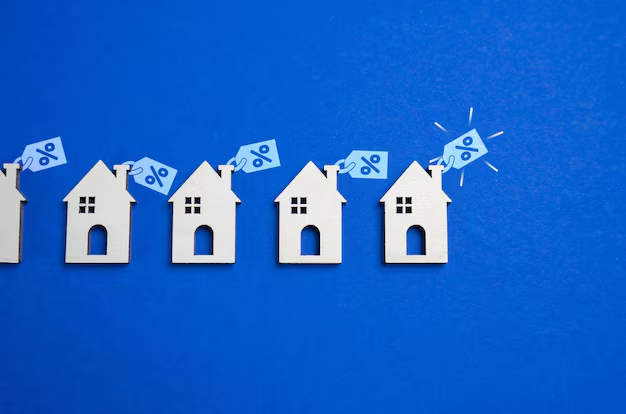Unlocking Affordable Housing Opportunities for Low-Income Families
Finding affordable housing can often feel like an uphill battle for low-income families. With rents skyrocketing and housing markets tightening, securing a safe and affordable place to live is increasingly challenging. Fortunately, there are a variety of programs and resources designed to ease this burden and make decent housing a reality for more families.
Understanding Government Housing Assistance
The U.S. Department of Housing and Urban Development (HUD) is the primary federal agency dedicated to housing assistance for low-income families. HUD oversees a range of initiatives that can significantly alleviate housing costs:
- Section 8 Housing Choice Vouchers: Perhaps the most well-known program, Section 8 provides vouchers that families can use to rent homes in the private market. This program offers participants the flexibility to choose housing that suits their needs while paying only a portion of their income toward rent.
- Public Housing: For families who meet specific income criteria, public housing offers a more direct option, providing government-owned properties with subsidized rent.
- HOME Investment Partnerships Program: This collaboration with state and local governments aims to increase affordable housing supply through various avenues, including building, buying, and/or rehabilitating affordable homes.
Additional Financial Assistance for Renters
Beyond HUD, there are numerous financial relief programs available for renters:
- Temporary Assistance for Needy Families (TANF): While known for helping with basic needs, TANF can sometimes cover housing expenses. Qualification and benefits vary by state, so checking with your local TANF office is essential.
- Local Housing Authorities: Many local governments offer rental assistance programs tailored to the community's specific needs. These can include emergency rent assistance or long-term solutions such as subsidized housing communities.
Addressing Broader Financial Needs
Affordable housing is only part of the battle for financial stability. Tackling broader financial issues can help families remain in their homes and improve their quality of life:
- Debt Relief Options: Seeking professional debt counseling can set families on a more secure financial path, reducing debts that can make covering monthly housing costs difficult.
- **Credit Card Solutions: Translating high-interest credit card debt into more manageable solutions, such as balance transfers or consolidations, may free up funds for essential expenses like housing.
Educational and Grant Opportunities
Education is a powerful tool for breaking the cycle of poverty and expanding housing opportunities:
- Pell Grants: Available for low-income individuals and adults seeking to return to school, Pell Grants do not require repayment and can free up personal finances by covering tuition costs. Completing higher education often leads to better employment opportunities and increased income.
- Workforce Development Programs: Many states offer programs to upskill workers in fields with labor shortages, potentially leading to higher wages and better housing opportunities over time.
In summary, while securing affordable housing remains a challenge for many families, understanding and leveraging the available resources can lead to sustainable solutions. Exploring government aid, financial assistance, and educational opportunities are critical steps in this journey toward financial stability and improved living conditions.
Explore More Opportunities and Resources
💬 Section 8 Vouchers: Learn about eligibility and application processes at local housing authority offices.
🏠 Public Housing Programs: Check availability through HUD or local public housing authorities.
💡 Debt Relief: Consider consulting with a certified debt adviser for personalized advice.
📅 Credit Solutions: Investigate low-interest credit options that could lower financial strain.
🎓 Pell Grants: Apply through the FAFSA to determine qualification for education funding.
💼 Workforce Development Programs: Contact local career centers for in-demand skills training.
